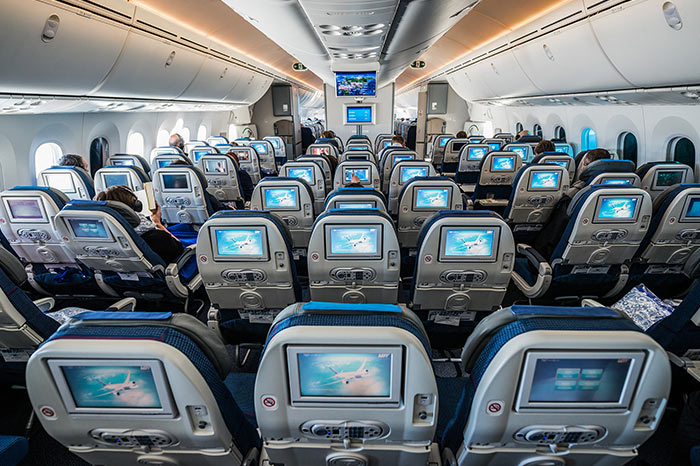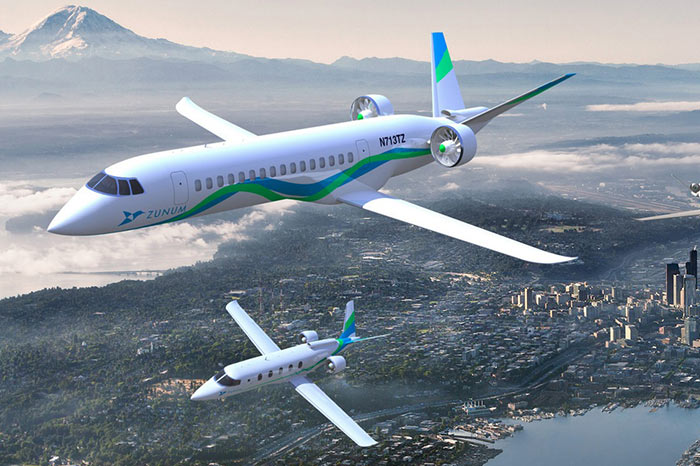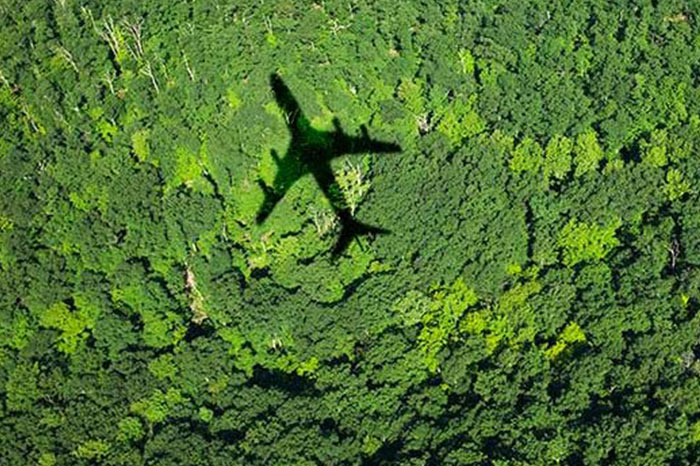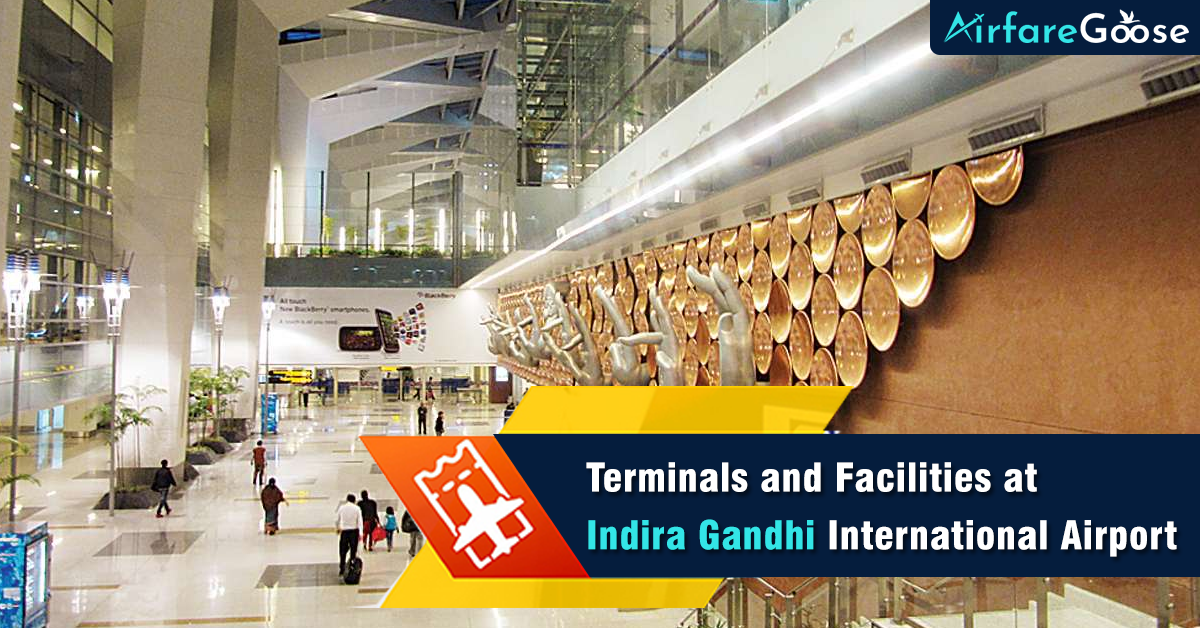10 Ways to Make Air Travel Sustainable

Are you a frequent flyer? If yes, then you have a shared responsibility towards the environment. Constant efforts are put in making the aviation industry sustainable as it is the most promising mode of transportation.
However, the cumulative impact of air travel over the planet cannot be overlooked. While initiatives like carbon offsetting are gaining traction, there are numerous other ways to make air travel environment-friendly.
The future of air travel also looks bright with the introduction of biofuels and electric planes.
Here are 10 of the most-effective methods to reduce carbon footprint:
1. Avoid Traveling via Layovers

One of the easiest ways to cut pollution caused by air travel is to choose nonstop flights over direct or connecting flights. The reason is simple. The more times you take off and land, the more fuel is consumed.
And, more fuel consumption leads to more carbon emissions. Going by the 2010 NASA study, a quarter of airplane emissions are a direct result of take-offs and landings.
Although research and testing of alternative fuels are underway (as discussed later in the article), there is still a long way to go.
Moreover, nonstops flights reduce your travel time, especially while traveling between countries, like flights from USA to India. Not only you reach your final destination faster but also cause less environmental impairment.
2. Travel with a Light Luggage

Did you know traveling with light luggage or less stuff also helps reduce carbon footprint? Aircraft that transport luggage can operate more efficiently if travelers lessen the amount of luggage they carry with them.
Especially those traveling for leisure can pack light, or make use of fabrics that do not require frequent laundry. This way you can carry fewer clothes and reduce the number of travel bags.
Moreover, carry-on luggage will also help you save airline fees such as checked-in luggage fees, overweight fees, and so on.
Further, passengers can make use of alternate luggage transfer methods. Some of them include door-to-door luggage transfer or ship cargo.
3. Carbon Offset Programs

Carbon offset initiatives are aimed at neutralizing the adverse effects of air travel. For instance, if you are traveling on flights from Sydney to Delhi, you can opt for carbon offsetting programs that will cancel out the air pollution caused by that particular flight route.
This is done by various methods. These may include large scale schemes such as reforestation, or small-scale projects that pay farmers to use eco-friendly means of cultivation and agriculture.
However, before investing in any program, kindly ensure its legitimacy. You may come across rip-offs. Genuine initiatives are usually those that are at the funding stage.
4. Support Sustainable Airlines

Air travel is inevitable, as there is no mode of transport as fast and convenient as airlines.
You can considerably reduce the amount of pollution by supporting eco-conscious airlines, especially while traveling long-haul routes such as flights from Melbourne to Mumbai.
Many factors go into making an airline eco-friendly. For instance, airlines that have upgraded to a newer fleet with winglets and other technologies that make air travel sustainable.
Also, airlines that make use of eco-friendly materials, like carbon fiber seats, lighter beverage carts, magazines made out of environment-friendly resources, etc.
Airlines such as Delta, KLM, American Airlines, Alaska Airlines, and most of the major air carriers are moving towards healthier alternatives.
5. Prefer to Travel by Economy, wherever Possible

Not many passengers are aware, but traveling in the business can increase carbon footprint by threefold. The numbers are even higher for first-class.
On average, traveling in the premier section of the plane will increase per passenger emission by as much as nine times. However, first-class seats are becoming more and more uncommon nowadays.
One of the key reasons is the seat configuration. They occupy a larger area. This means that emissions per passenger increase.
Hence, wherever possible, try to fly in the economy section.
6. Carefully Select Travel Destinations

If you can change your travel destination, then choose the location wisely. Leisure travelers, like those planning a family vacation or a weekend getaway, can take up this initiative.
Of course, if your company asks you to board flights to India for business purposes, you have no luxury of choice. However, you can pursue your company to book nonstop flights or a sustainable airline to reduce the adverse effects.
Also, avoid traveling to locations that are undergoing an environmental crisis.
Even though a lot of economies rely on their tourism industry, if you want to help the nation, you can opt for better methods such as donations to the government, non-profit organizations, etc.
7. Alternative Fuels

Alternative fuels, like biofuel, are being developed by companies like GE Aviation, and Virgin Fuels. Moreover, the automobile industry is taking the fuel industry to new heights through innovation.
Especially with aircraft like the Wilksch WAM120 have the potential to run on vegetable oil! Another breakthrough in aviation fuel is the air carriers equipped to run on ethanol.
Further, hybrid designs such as aircraft that will run on petrol fuel as well as biofuel.
Besides, aircraft that operate on liquefied natural gas are also promising. They are not only eco-friendly but inexpensive. Thus, cutting aviation fuel cost.
8. Futuristic Electric Travel Planes

Aircraft with combustible engines are more suited for more extended air travel. Also, passenger air carriers are usually larger, and electric powered motors are not yet robust enough to support its function.
Even though the electric planes are not yet appropriate for commercial passenger air transfer, then have shown promise in flight training.
Therefore, numerous organizations have demonstrated the suitability of light aircraft for initial flight training.
The significant advantage of this is reduced cost. Training a pilot on an electric aircraft is much less inexpensive as it eliminates the use of aviation fuel.
9. Travel Plastic Free

Plastic poses the greatest threat to the environment. A few precautions can go a long way. For instance, pack a reusable water bottle made out of degradable material.
Also, avoid all sorts of plastic extended to you. Another major use of plastic is shopping bags. You can purchase a canvas bag and use it to carry loose items you purchase.
Dining out at hotels or restaurants may also include plastic containers, etc. You can check with the staff to eliminate all sorts of plastic utensils or serving apparatus.
10. Travel Greener

Lastly, passengers must eliminate all possible threats to the environment. This includes giving up of articles that are not eco-friendly.
Choose greener transportation methods. To commute within the city, opt for environmentally conscious means, such as bicycles, e-car rentals, etc. Also, reusing and recycling on the go is helps too.
Disposable items must be avoided at all costs. Also, instead of printing tickets to flights from Brisbane to Bengaluru, go digital. Download your boarding pass, and avoid unnecessary printing.
Undoubtedly, airplanes heat the atmosphere. However, it remains amongst the most eco-friendly modes of transportation.
Since there is no alternative to that comes close to flying in terms of convenience, combined efforts from everyone involved in the aviation process is required. A new generation of conscious travelers and advancements in technology continues to make air travel more sustainable.







